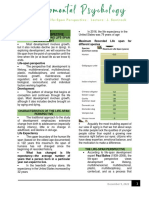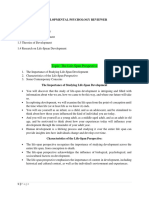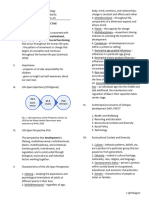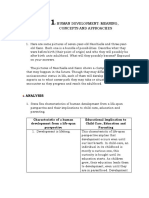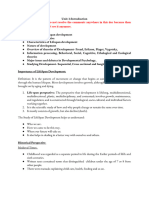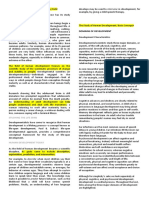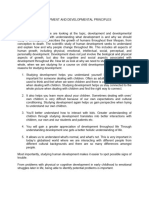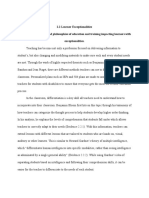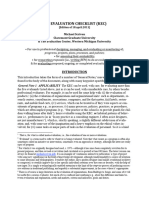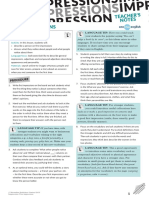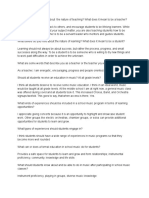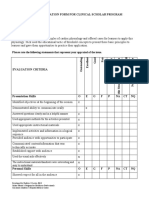0% found this document useful (0 votes)
95 views16 pagesModule 1 Introduction To Life Span Development
Lifespan development studies the changes and continuity in human behavior from conception to death, emphasizing the importance of understanding individual growth, parenting, education, and social policies. It highlights the interplay of biological, cognitive, and socioemotional processes throughout various developmental periods, from prenatal to late adulthood. The document also discusses the historical perspective of childhood and adulthood, the characteristics of lifespan development, and the significance of contextual influences on human development.
Uploaded by
Adarsh RajanCopyright
© © All Rights Reserved
We take content rights seriously. If you suspect this is your content, claim it here.
Available Formats
Download as PDF, TXT or read online on Scribd
0% found this document useful (0 votes)
95 views16 pagesModule 1 Introduction To Life Span Development
Lifespan development studies the changes and continuity in human behavior from conception to death, emphasizing the importance of understanding individual growth, parenting, education, and social policies. It highlights the interplay of biological, cognitive, and socioemotional processes throughout various developmental periods, from prenatal to late adulthood. The document also discusses the historical perspective of childhood and adulthood, the characteristics of lifespan development, and the significance of contextual influences on human development.
Uploaded by
Adarsh RajanCopyright
© © All Rights Reserved
We take content rights seriously. If you suspect this is your content, claim it here.
Available Formats
Download as PDF, TXT or read online on Scribd
/ 16
